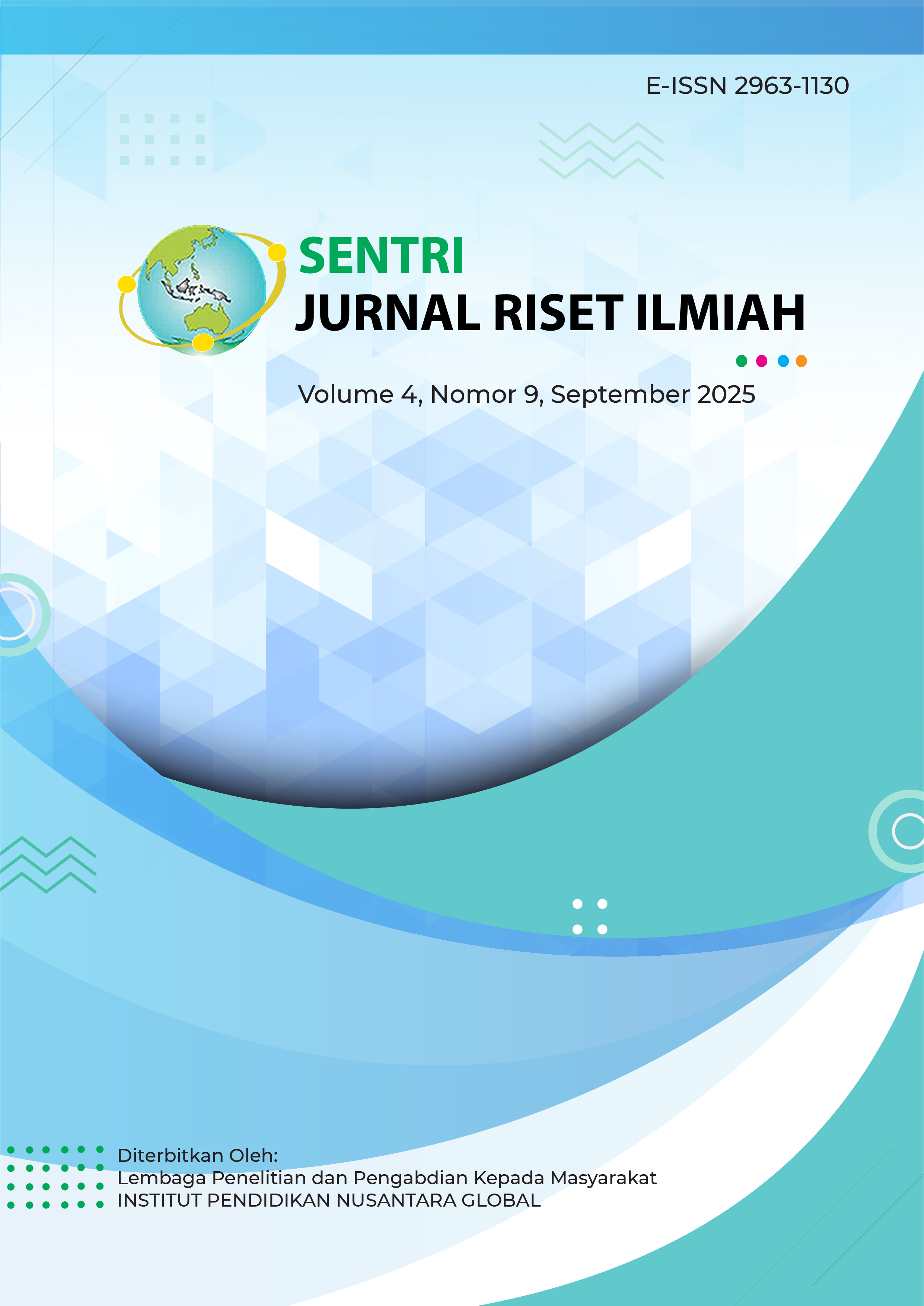Pengaruh Wearable technology terhadap Pembelajaran Kolaboratif dalam Pendidikan Jasmani
DOI:
https://doi.org/10.55681/sentri.v4i9.4387Keywords:
smartwatch, collaborative learning, physical education, activity tracking, educational technologyAbstract
This study aims to examine the impact of the use of wearable technology, specifically smartwatches, in improving collaborative learning in Physical Education subjects. Smartwatches function as a direct physical activity monitoring tool, including indicators such as heart rate, number of steps, and duration of activity. This study used a quantitative method with a quasi-experimental design involving 60 high school students, who were divided into an experimental group and a control group. The experimental group used smartwatches during Physical Education learning activities, while the control group followed the learning without the support of such technology. The results obtained showed that the use of smartwatches had a positive impact on increasing social interaction and cooperation among students. This device encouraged active engagement, provided instant feedback, and increased students' awareness of their physical performance, which then became the subject of discussion in group work. In conclusion, the application of smartwatches in the context of Physical Education learning has the potential to strengthen collaboration between students and increase their participation in the learning process.
Downloads
References
OECD, The Future of Education and Skills: Education 2030. OECD Publishing, 2018.
M. M. Baig, H. GholamHosseini, and M. J. Connolly, “Wearable devices for remote health monitoring,” Healthcare, no. 1, p. 43, 2019.
B. Dyson, L. L. Griffin, and P. A. Hastie, “Sport Education, Tactical Games, and Cooperative Learning: Theoretical and pedagogical considerations,” Quest, vol. 68, no. 4, pp. 439–456, 2016.
V. L. Patel and E. H. Shortliffe, “The Evolution of Technology in Health and Education: A Converging Path. ,” J Biomed Inform, vol. 103, pp. 103–118, 2020.
S. H.-W. Chuah, P. A. Rauschnabel, and N. Krey, “Wearable technologies: The role of usefulness and visibility in smartwatches adoption,” Comput Human Behav, vol. 90, pp. 246–259, 2019.
S. Wang and H. Lee, “Students’ Acceptance and Perceived Impact of Fitness Trackers in Physical Education,” International Journal of Kinesiology and Sports Science, vol. 9, no. 1, pp. 1–9, 2021.
D. W. Johnson and R. T. Johnson, “An Educational Psychology Success Story: Social Interdependence Theory and Cooperative Learning,” Educational Researcher, vol. 38, no. 5, pp. 365–379, 2009.
H. H. Yang, Y. L. Lin, and Y. M. Huang, “A Smartwatch-Based Learning Support System for Enhancing Self-Monitoring in Physical Activities,” Interactive Learning Environments, vol. 28, no. 6, pp. 744–758, 2020.
C. Y. Kao, Y. C. Lin, and C. J. Chang, “Smartwatches in team-based physical education: Enhancing peer interaction and group performance tracking. Journal of Educational Technology Development and Exchange,” vol. 15, no. 1, pp. 55–72, 2022.
A. G. Picciano, “Theories and Frameworks for Online Education: Seeking an Integrated Model,” Online Learning, vol. 21, no. 3, pp. 166–190, 2017.
N. Selwyn, Education and Technology: Key Issues and Debates (2nd ed.). Bloomsbury Publishing, 2016.
P. Mishra and M. J. Koehler, “Technological Pedagogical Content Knowledge: A framework for integrating technology in teacher knowledge,” Teach Coll Rec, vol. 108, no. 6, pp. 1017–1054, 2006.
Downloads
Published
How to Cite
Issue
Section
License
Copyright (c) 2025 Butsiarah Butsiarah, Sitti Suhada

This work is licensed under a Creative Commons Attribution-ShareAlike 4.0 International License.









